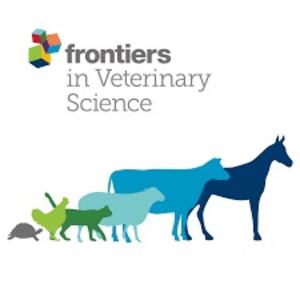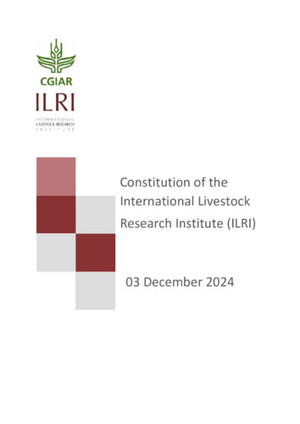
Characterisation of shops selling veterinary medicines in a tsetse-infested area of Kenya
Abstract
In a tsetse-infested area of Kenya, we characterised veterinary-drug outlets based on personnel and business characteristics to assess their capacities to provide clinical veterinary services. Structured questionnaires were administered to the retailers and sought information on the characteristics of the owners, salespersons and businesses. A total of 41 retail outlets (20 agro-veterinary, 11 pharmacy, and 10 general shops) were identified. There was poor response to questions on owner characteristics. Proprietors, who had no more than secondary education owned 15 out of 28 shops. Few shops (4/29) were owned by proprietors, who had professional qualifications (in animal health). Most salespersons had only secondary education but no qualifications. Animal-health assistants (AHAs), veterinarians and manufacturer's package inserts (drug leaflets) were the preferred information sources for the retailers. We concluded that drug retailers were poorly equipped with the technical knowledge necessary for drug dispensation and advice.
Citation
Preventive Veterinary Medicine;63(1-2): 29-38










